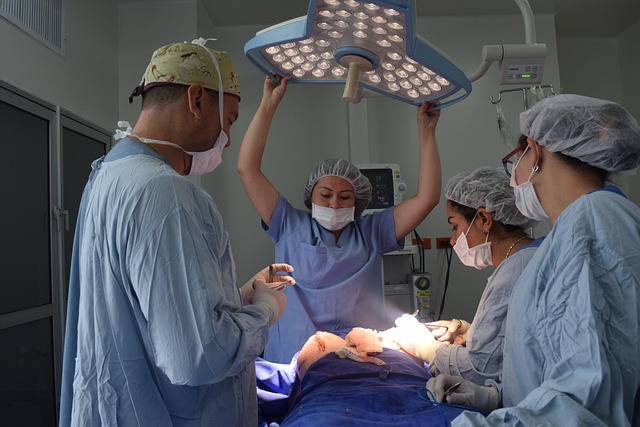Understanding Tummy Tuck Surgery: Benefits, Risks, and Recovery
A tummy tuck, also known as abdominoplasty, is a surgical procedure designed to remove excess fat and skin from the abdominal area, while also tightening the underlying muscles. This popular cosmetic surgery can help patients achieve a flatter, more toned stomach appearance. However, like any surgical procedure, it's essential to understand the benefits, risks, and recovery process before deciding if a tummy tuck is right for you.

Who is an ideal candidate for a tummy tuck?
Ideal candidates for tummy tuck surgery are individuals who are in good overall health, at a stable weight, and have excess abdominal skin or weakened abdominal muscles that don’t respond to diet and exercise. Common reasons for seeking a tummy tuck include significant weight loss, pregnancy, or aging. It’s important to note that a tummy tuck is not a weight loss solution, and patients should be at or near their ideal weight before considering the procedure.
What are the potential risks and complications?
As with any surgical procedure, tummy tuck surgery carries certain risks and potential complications. These may include infection, bleeding, blood clots, poor wound healing, and adverse reactions to anesthesia. Patients may also experience numbness or changes in sensation in the abdominal area, which can be temporary or, in rare cases, permanent. Additionally, there’s a risk of unsatisfactory aesthetic results, which may require revision surgery. It’s crucial for patients to discuss these risks with their doctor and carefully weigh them against the potential benefits.
How long is the recovery process after a tummy tuck?
Recovery from a tummy tuck surgery can be extensive and typically requires several weeks of downtime. Most patients need to take at least two weeks off work, and it may take up to six weeks before they can resume normal activities. During the initial recovery period, patients will need to wear a compression garment to reduce swelling and support the healing tissues. Pain and discomfort are common in the first few days following surgery, but these can be managed with prescribed medications. Patients should avoid strenuous activities and heavy lifting for at least six weeks post-surgery.
What results can patients expect from a tummy tuck?
When performed by a skilled surgeon, a tummy tuck can dramatically improve the appearance of the abdomen. Patients can expect a flatter, more toned stomach area with improved muscle definition. The procedure can also help eliminate stretch marks and excess skin in the lower abdomen. However, it’s important to maintain a healthy lifestyle after surgery to preserve the results. Significant weight gain or pregnancy can potentially reverse the effects of the tummy tuck.
How should patients choose a doctor for their tummy tuck?
Selecting the right surgeon is crucial for achieving optimal results and minimizing risks associated with tummy tuck surgery. Patients should look for board-certified plastic surgeons with extensive experience in performing abdominoplasties. It’s important to schedule consultations with multiple surgeons to discuss your goals, ask questions, and review before-and-after photos of their previous patients. Additionally, patients should ensure that the surgeon operates in an accredited surgical facility and has hospital privileges for the procedure.
| Provider | Procedure Type | Estimated Cost Range |
|---|---|---|
| Hospital-based surgeon | Traditional tummy tuck | $6,000 - $12,000 |
| Private practice surgeon | Mini tummy tuck | $4,000 - $8,000 |
| Outpatient surgical center | Extended tummy tuck | $8,000 - $15,000 |
| Medical spa | Non-surgical alternatives | $1,500 - $5,000 |
Prices, rates, or cost estimates mentioned in this article are based on the latest available information but may change over time. Independent research is advised before making financial decisions.
Tummy tuck surgery can be a life-changing procedure for many patients, offering improved body contours and increased self-confidence. However, it’s a major surgical procedure that requires careful consideration of the risks, benefits, and recovery process. By thoroughly researching the procedure, choosing a qualified surgeon, and maintaining realistic expectations, patients can make informed decisions about whether a tummy tuck is the right choice for their aesthetic goals.
This article is for informational purposes only and should not be considered medical advice. Please consult a qualified healthcare professional for personalized guidance and treatment.





